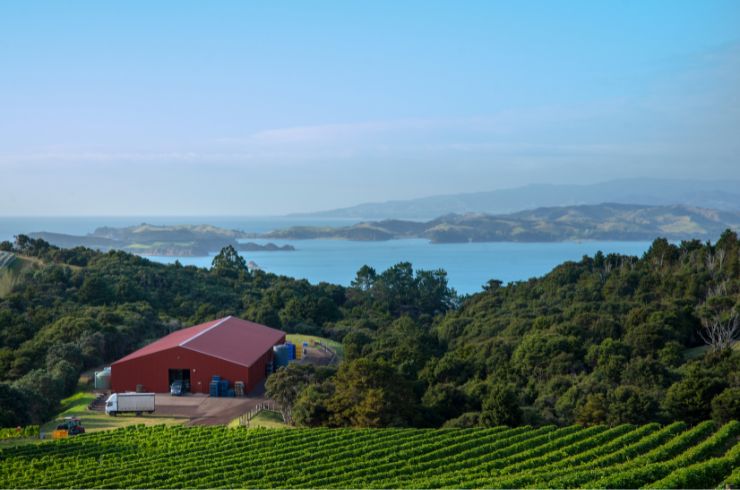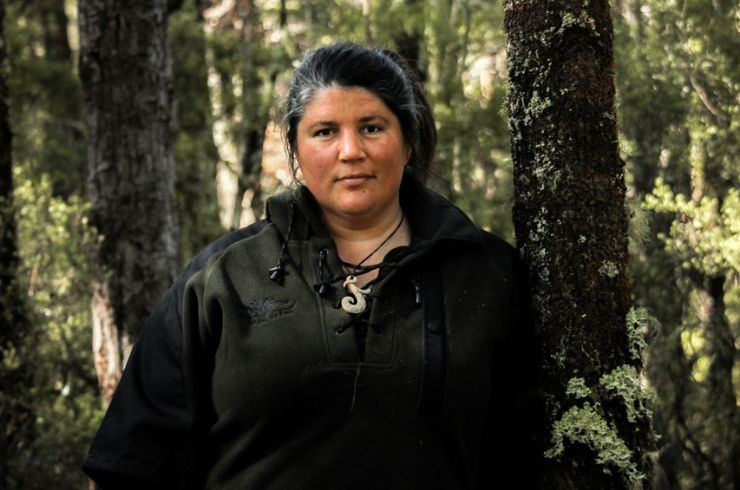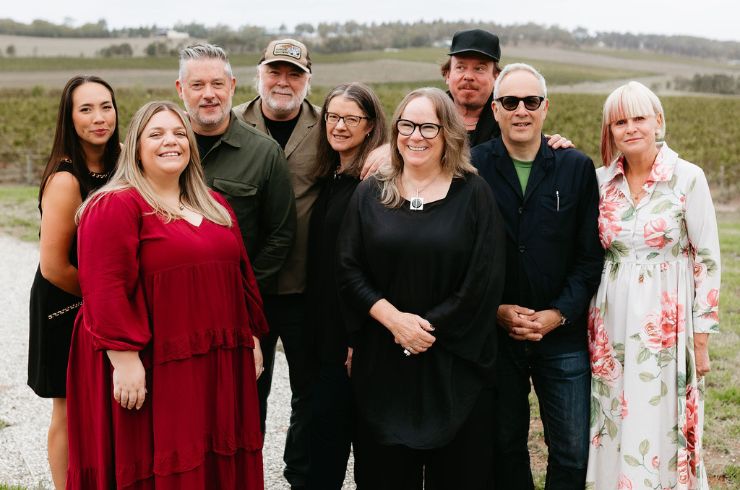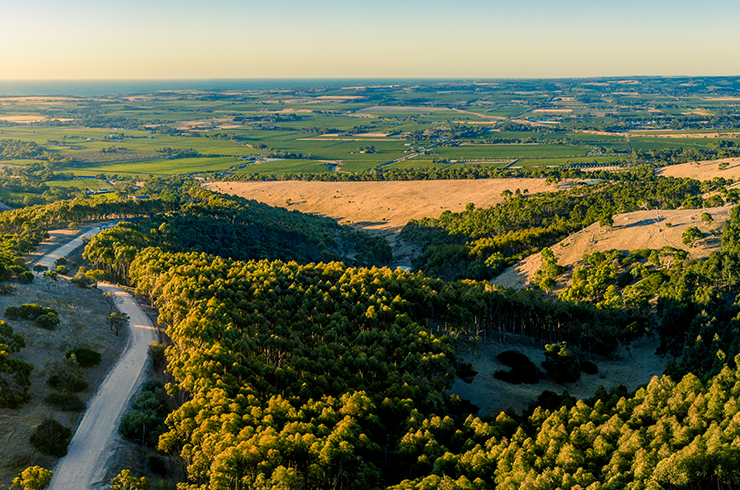McLaren Vale has historically been a bastion of red wine, with the plantings of dark-skinned grapes still accounting for over 90 per cent of vineyard land. But the region is arguably the most progressive in the country, with makers collectively embracing thoughtful change. And climate-apt white grapes are a big part of that evolution, selected to suit the growing conditions from both a sustainability and quality standpoint, and, importantly, also to fit the lifestyle and produce of the region.
According to the 2022–23 crush report, only nine per cent of the grapes picked in McLaren Vale were white, and about a third of those were chardonnay. And while there are some good examples, no one is advocating for chardonnay as an ideal fit for the Vale. Indeed, much was planted when varietal currency often took precedence over suitability.
“I know chardonnay can do okay in some other vineyards in the region, but here it turns into tropical juice at a fairly C-grade level and in which I've have to tip in 10 buckets of acid,” says winemaker Corrina Wright of Oliver’s Taranga.
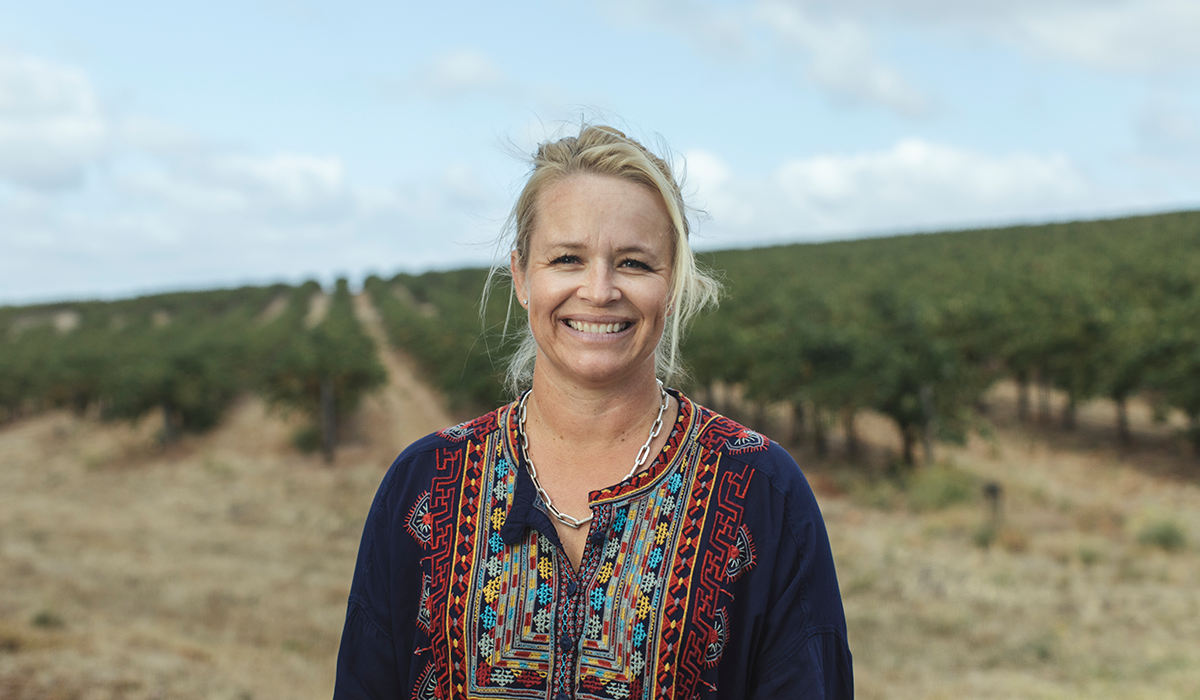
Corrina was an early advocate of white grapes suited to a changing and ever-warming climate, and she has been one of the leaders with what is arguably the Vale’s preeminent white grape, fiano. She has also been steadily evolving and diversifying, including making a traditional method sparkling and a yet-to-be-released amphora-raised ‘reserve’ style.
“Fiano has been excellent,” she says. “We just worked out that it's the 20th year of those vines... And they're just getting better and better. Vermentino's also been strong. We've just made a falanghina as well, and we also have grenache blanc that’s only new in the ground.”
The attraction to fiano was initially a practical one, notes Corrina. High natural acidity, drought tolerance, heat tolerance and a proven ability to make wines of character and texture in Italy’s south saw it tick all the boxes at the time. But soon enough, it became clear that its role was even more imperative.
“There was an element of, far out, we're out fishing, catching whiting and gar and squid and then we're coming back to shiraz every night!” she says. “Culturally, I almost think we're retrofitting, using these varieties to retrofit to the lifestyle.”
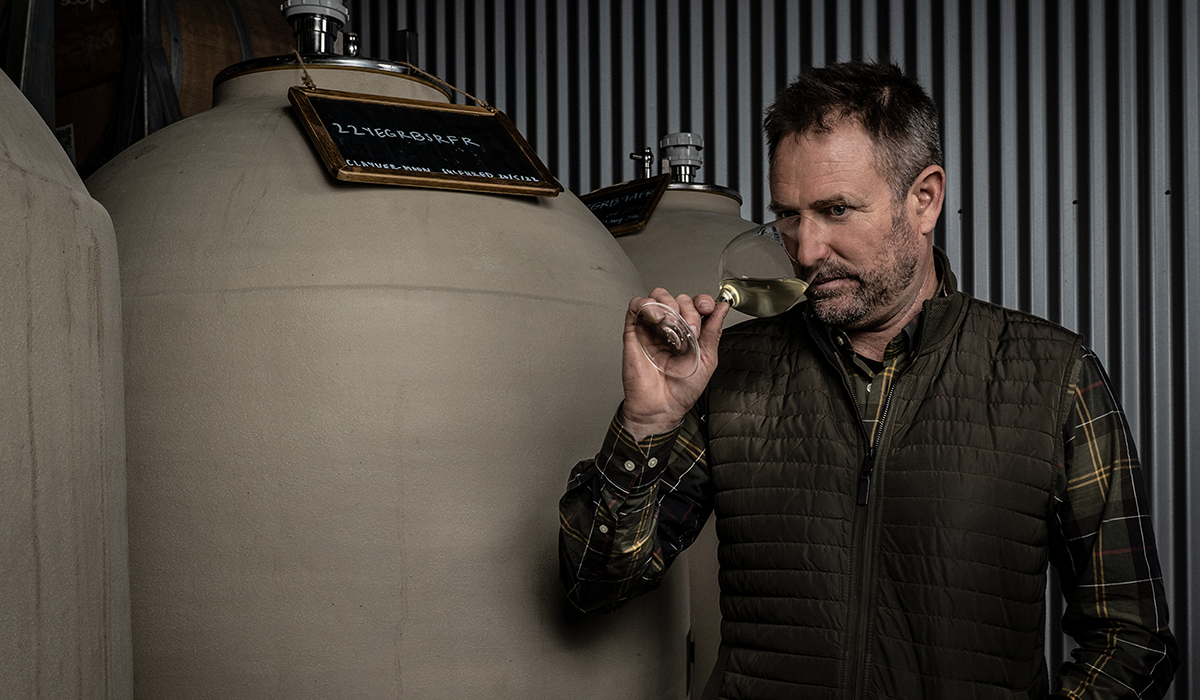
That idea of a cultural fit to the region is also one that drives Alexia Roberts of Larnook, who currently has a picpoul and grenache gris on her white roster. “I think it's about connecting to the Mediterranean climate and producing wines that work really well with our lifestyle,” she says. “We're a coastal wine region, with lots of seafood; we’re big on local, seasonal produce, and I want to make wines that have great drinkability, that work well with those food pairings. I'm looking to make whites that have interest, that have flavour and structure.”
It's not that long ago that an emerging, or so-called alternative, grape was somewhat a novelty, a new name on a label but not necessarily a starkly new experience for the drinker. In the spirit of getting to grips with a new white grape, they were often made as simply as possible, fermented cool with neutral yeast in tank, then bottled relatively swiftly – cleanly flavoured, crisp and linear wines.
Today, the white wine landscape is somewhat different, with emerging varieties having blossomed alongside stylistic shifts. A general acceptance of grip in white wine, whether through skin contact, pressing process or eschewing fining, or all three, has seen the importance of textural complexity, of food friendly structure, elevated.
Yangarra’s Pete Fraser employs skin contact with his marquee whites, creating layered but subtle complexity of both flavour and feel. It’s a component that plays into the Rhône whites (roussanne, grenache blanc and gris, clairette, picpoul) that they began planting over a decade ago, which he says have a naturally savoury and textural lean. For him, blending is another key factor.
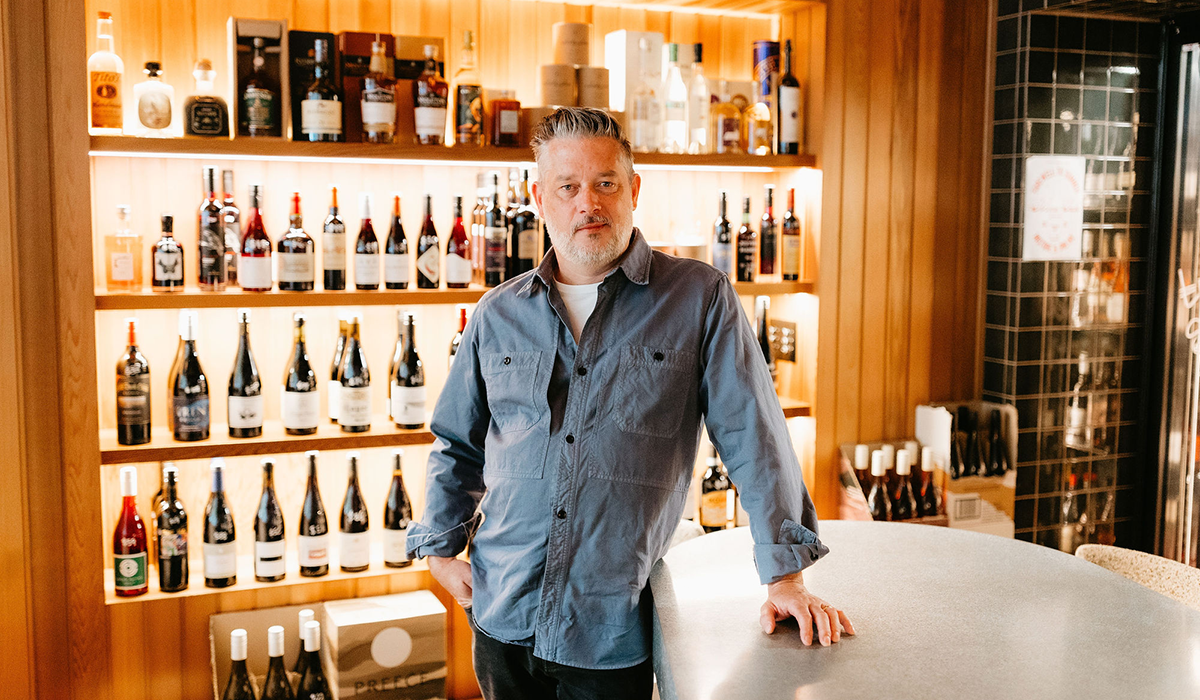
“The higher acidity varieties, like clairette, offer a bit of a warm climate opportunity to make fresh, vibrantly drinking wines,” Pete says. “...And their ability to tighten and freshen up a wine is so valuable...so, I can always use them to reduce other varieties and bring them in, so that they've got a lovely lushness without being heavy.”
At Coriole, Duncan Lloyd works across both Italian and French white grapes, notably with the oldest fiano vines in the country, but also with a resource of a long-neglected grape: chenin blanc. However, the first Coriole chenin vines were not relics on that old site, rather they were planted in 1977 by Duncan’s grandparents – an early sign of the Lloyds’ progressive spirit. “We would have found fiano 35 years ago if it was available, but it wasn't,” he says.
“Chenin can make just beautiful, young, fresh wines, but if you're talking about a serious white wine region, then you need to be able to show the ability to age some of these wines...And chenin is internationally known for being a wine that ages amazingly,” Duncan says. He notes that its potential in the region is immense, though site selection is much more critical than fiano (which he believes can be planted almost anywhere).
Other emerging white varieties in McLaren Vale include pecorino, grillo, albariño, arinto, greco and prosecco (glera), which are all showing immense promise from a quality and character point of view, being potential key players in developing a compelling white wine identity for this traditionally red-focused region. “I can open a bottle of our vermentino wherever I am in the world,” says Corrina, “and I'm transported back to sitting at the Star of Greece with sashimi or whitebait or with whatever's coming out of the sea that day. That's pretty exciting, I think.”
Image credits: Oliver’s Taranga and Yangarra.
Latest Articles
-
From the tasting team
From Marlborough to Martinborough: a quick guide to New Zealand wine
1 day ago -
News
The heart of Aotearoa: How a connection to Māori culture and land shapes New Zealand wine
1 day ago -
Win
Win a stunning collection of Plumm glassware and wine, valued at over $500
11 Dec 2025 -
From the tasting team
The Aussie wines the Halliday Tasting Team will be opening this festive season
11 Dec 2025
